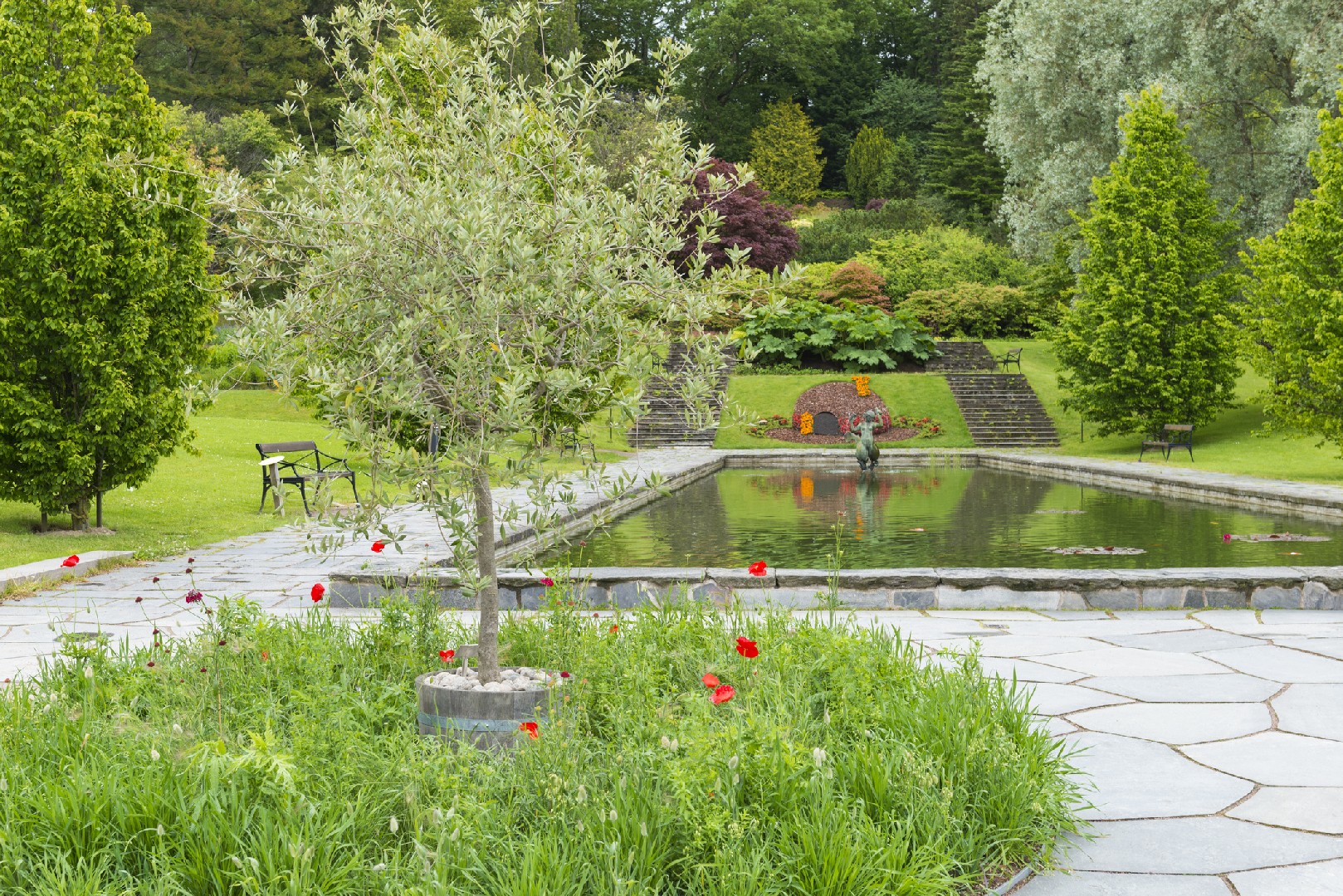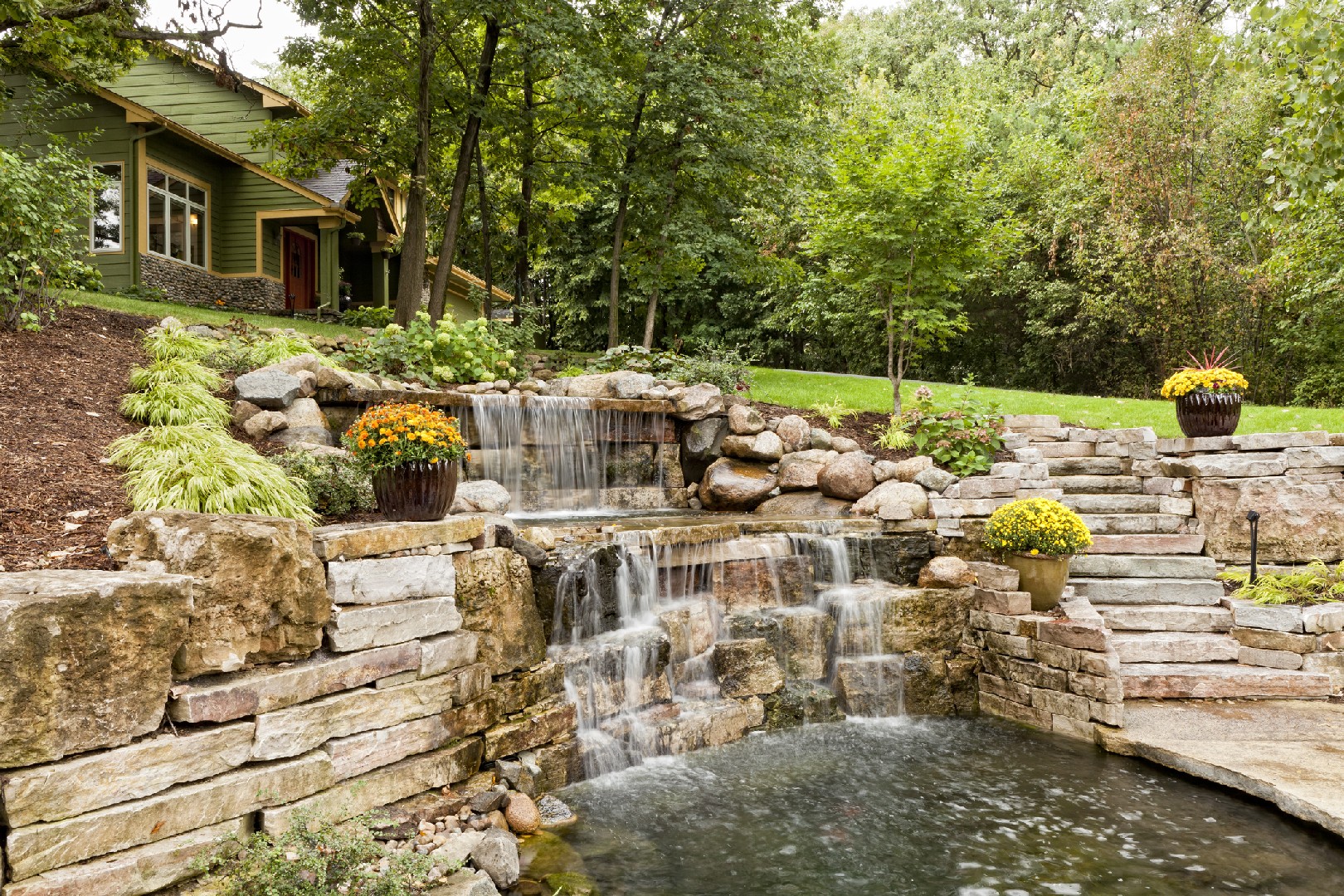![Rectangle]()
The Blueprint for Well-being: Design Principles of Healing Gardens
Designing a healing garden that promotes serenity and well-being involves careful consideration of several key design principles. These principles not only create visually appealing spaces but also provide a sense of calm and tranquility for those who enter. By incorporating accessibility, diversity of plant life, provision for privacy, and water elements, healing gardens can offer a holistic experience that aids in the process of wellness and recovery.
One crucial design principle for healing gardens is accessibility. Ensuring that the space is easily accessible for all individuals, regardless of their physical abilities, is essential. This includes providing wheelchair ramps, designated pathways, and accessible seating areas. By designing an inclusive space, healing gardens become more welcoming and enable everyone to fully experience the benefits.
Another important design consideration is the diversity of plant life. Incorporating a wide range of plants, flowers, and trees not only enhances the aesthetic appeal but also provides a sensory experience that positively impacts mental well-being. Different colors, textures, and scents can stimulate the senses and evoke feelings of calm and relaxation. Additionally, incorporating native plants and creating habitats for local wildlife can contribute to the overall biodiversity and ecological balance of the healing garden.
Privacy is another essential aspect to consider when designing a healing garden. Creating secluded areas or using natural elements like hedges, screens, or pergolas can provide individuals with the opportunity for solitude and self-reflection. Privacy allows visitors to feel safe and secure in their environment, which is crucial for promoting a sense of relaxation and rejuvenation.
Incorporating water elements is also a significant design principle in healing gardens. The presence of water, whether through waterfalls, fountains, or ponds, can have a profound impact on reducing stress and promoting tranquility. The soothing sounds of water and the visual appeal of its movements have a calming effect on the mind and body. Additionally, water elements can attract wildlife and create a harmonious connection with nature.
When designing a healing garden, it is important to integrate the five senses to create a truly immersive experience. The sight of beautiful flowers, the fragrance of aromatic plants, the touch of different textures, the sound of rustling leaves, and the taste of fresh herbs can all contribute to the healing process. By engaging the senses, individuals can fully embrace the therapeutic benefits of the garden.
It is also crucial to consider the influence of cultural and demographic factors on design choices. Healing gardens must be designed to accommodate the needs and preferences of diverse individuals and communities. By creating inclusive spaces that respect and reflect cultural traditions, the healing garden becomes a place of unity and understanding.
In conclusion, the design principles of healing gardens play a vital role in creating serene and tranquil spaces that promote well-being and recovery. By incorporating accessibility, diversity of plant life, provision for privacy, and water elements, healing gardens become immersive environments that engage the five senses and provide a holistic experience. Furthermore, considering cultural and demographic factors ensures that healing gardens are inclusive and cater to the needs of diverse communities. Whether through the calming presence of water or the sensory stimulation of plants, these design principles help individuals find solace and peace in healing gardens.





